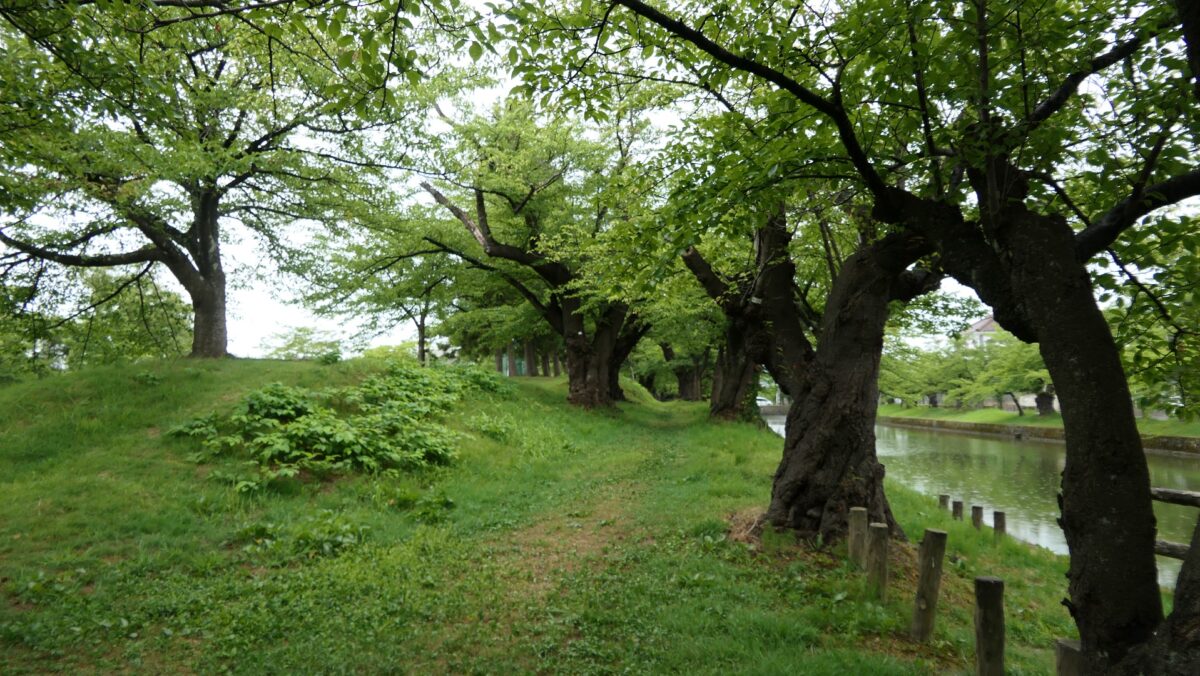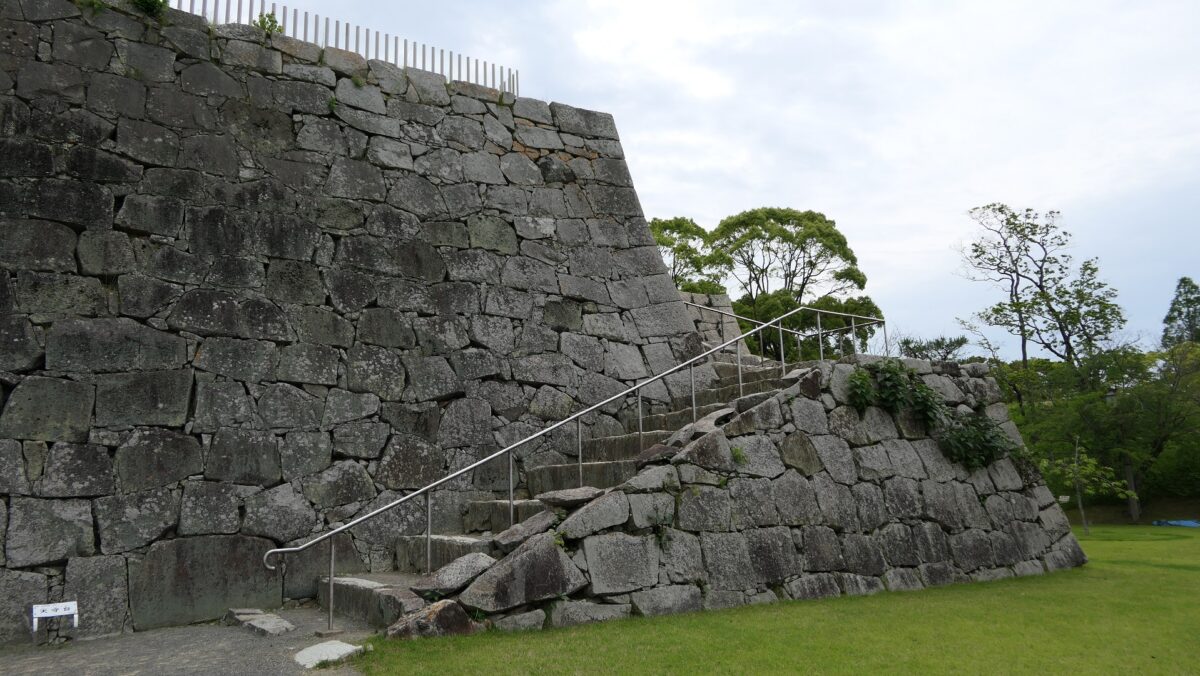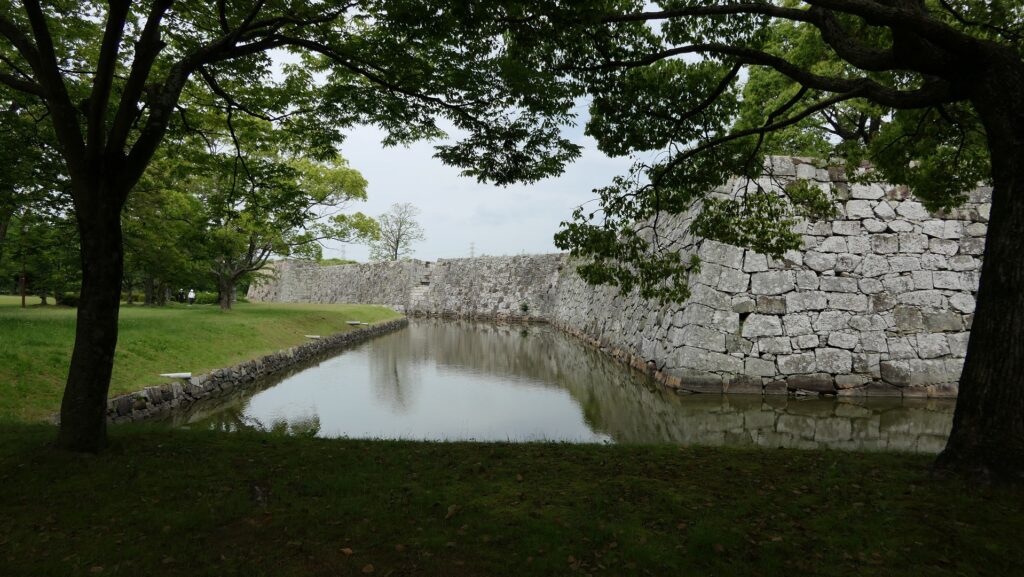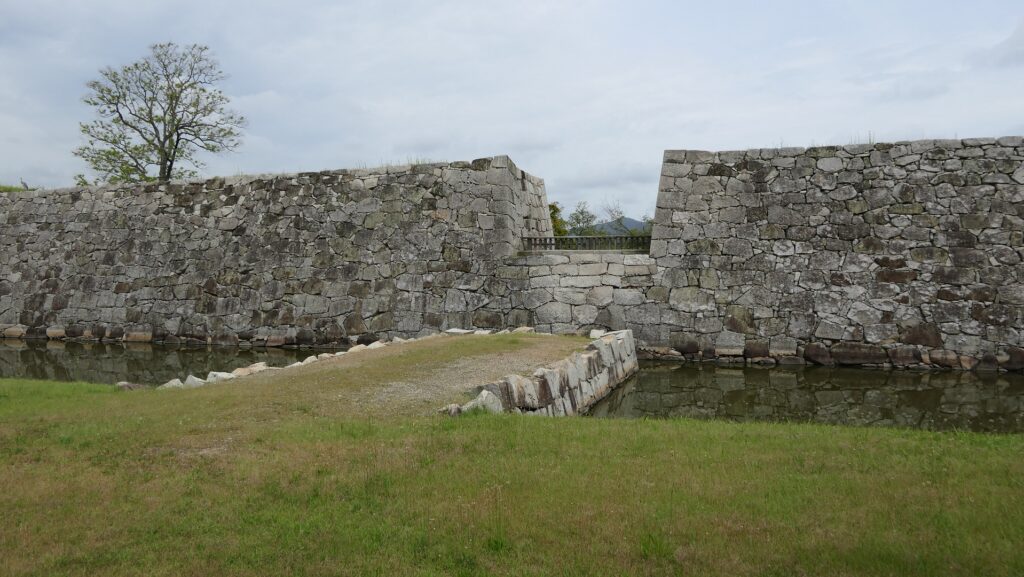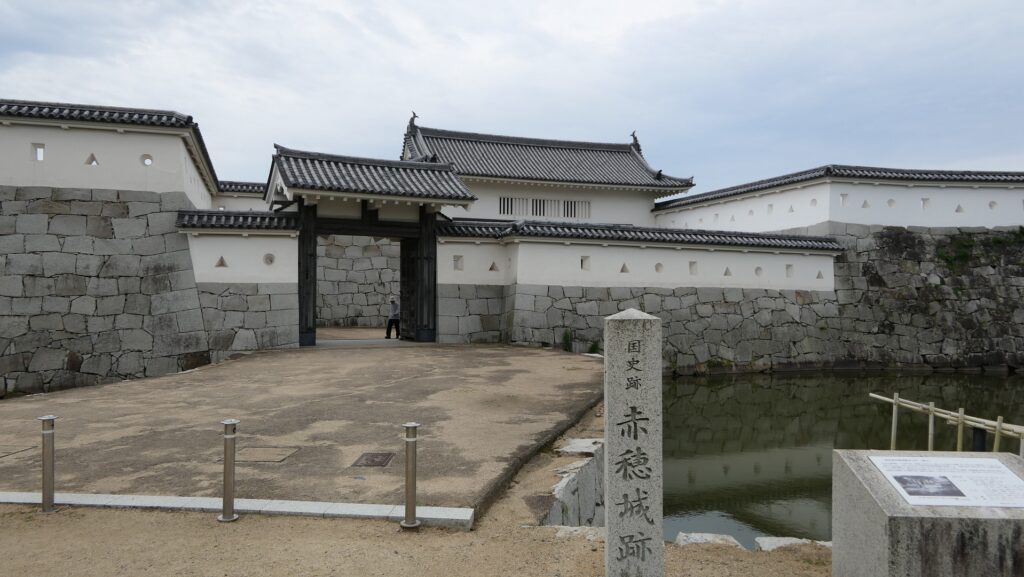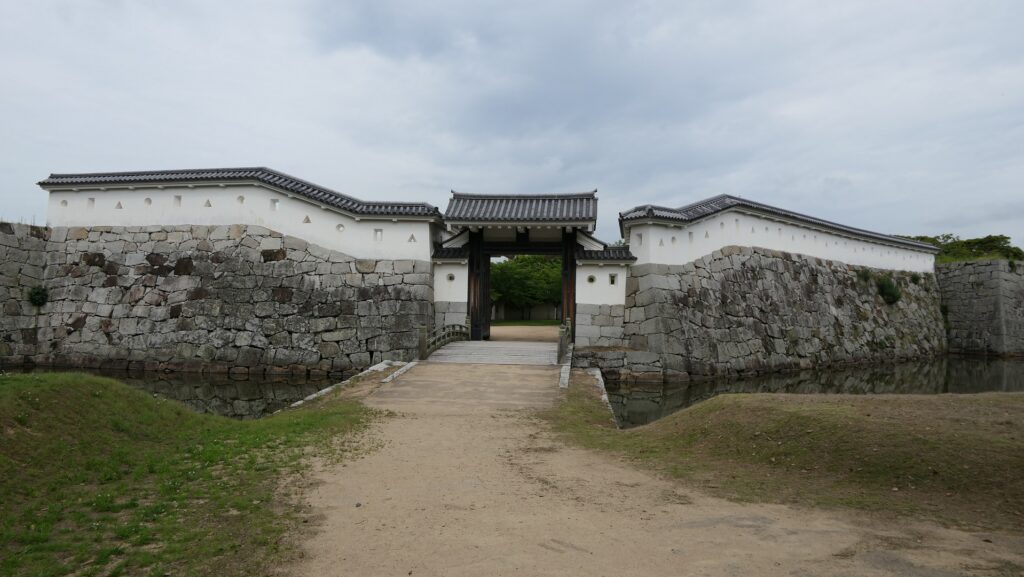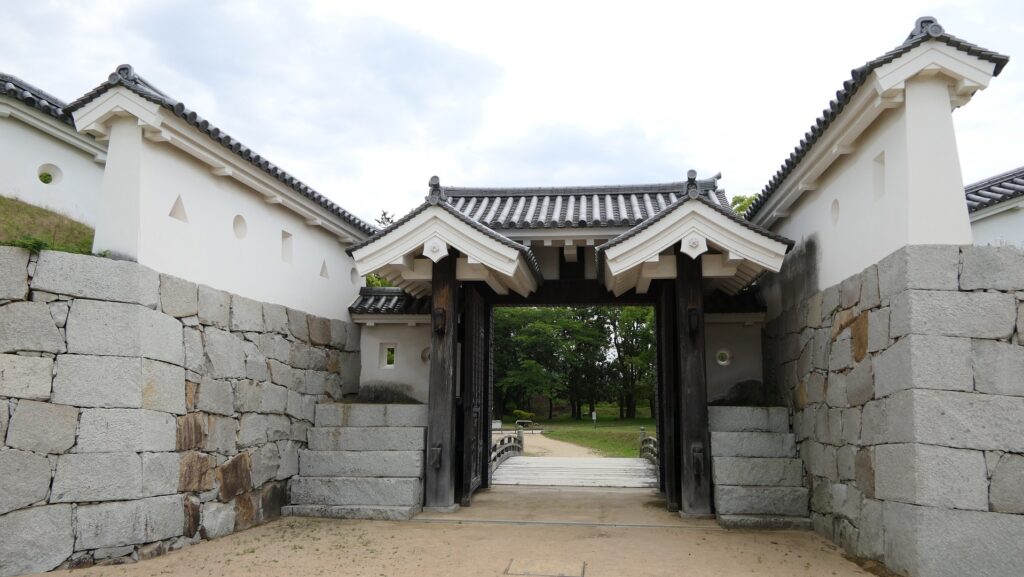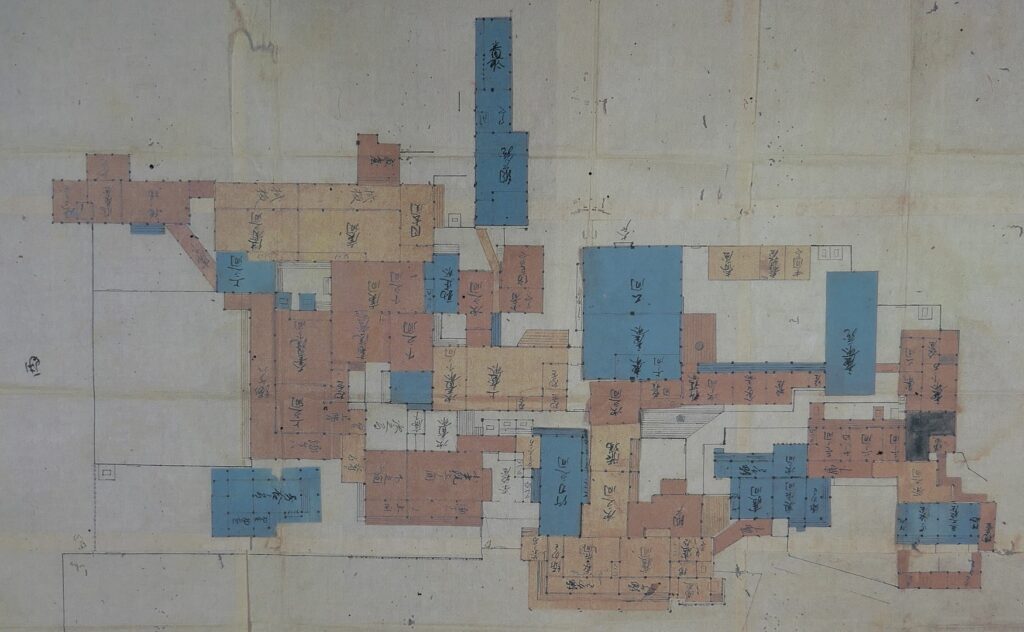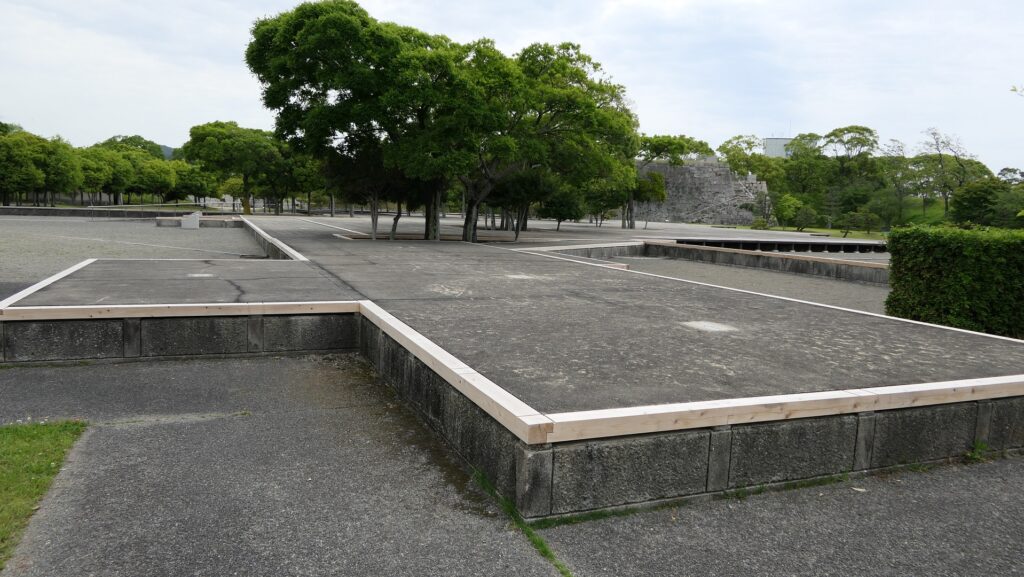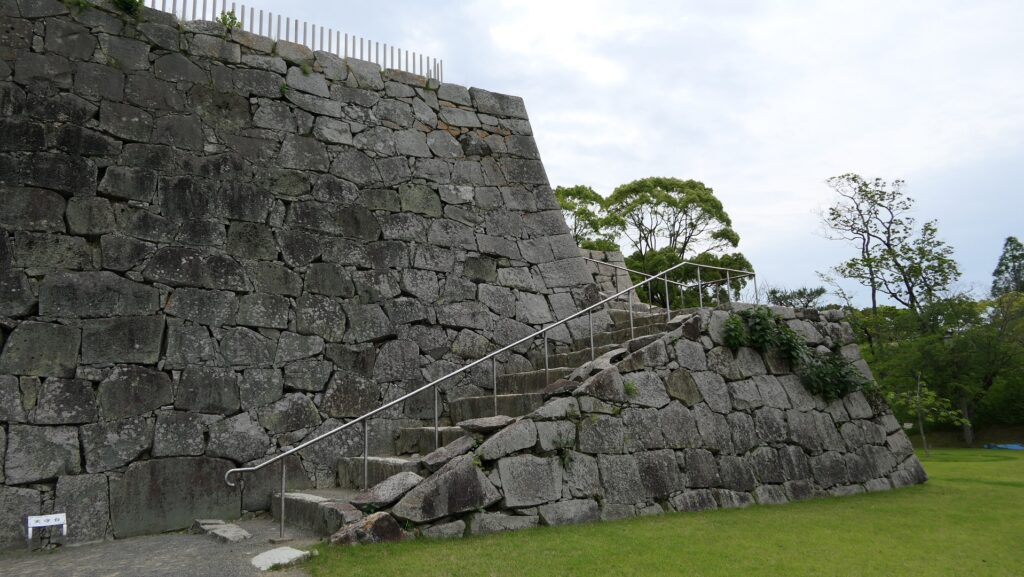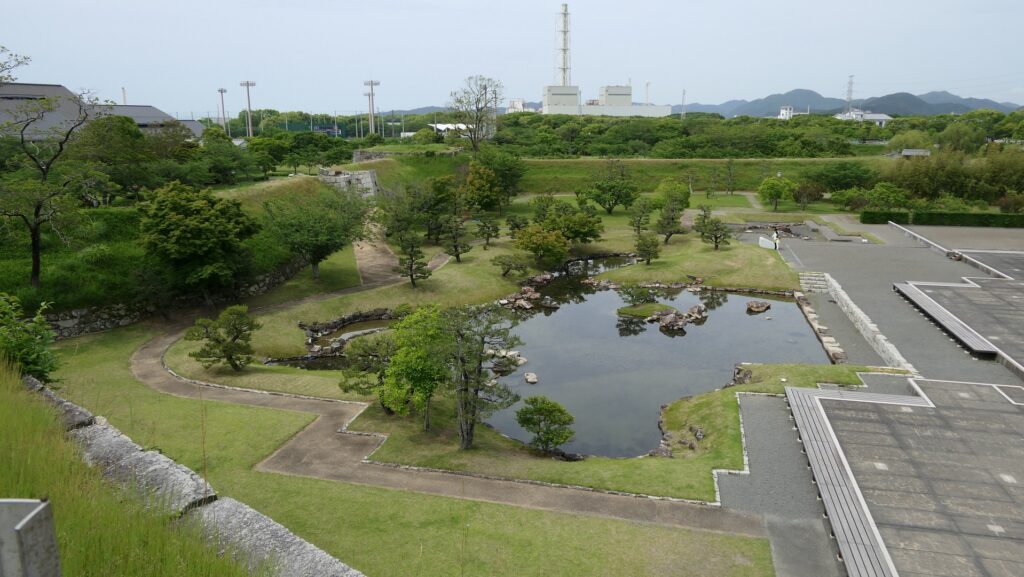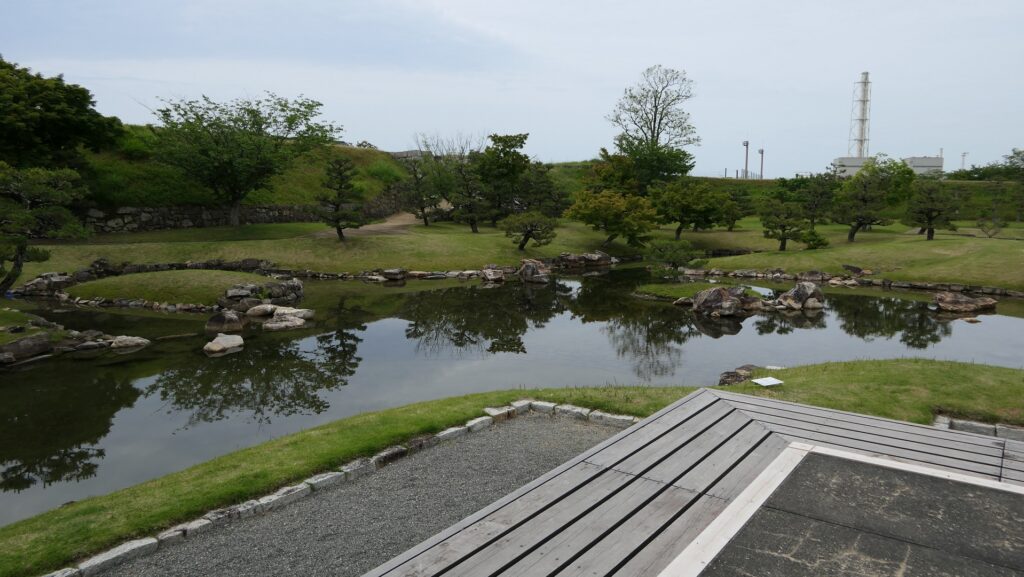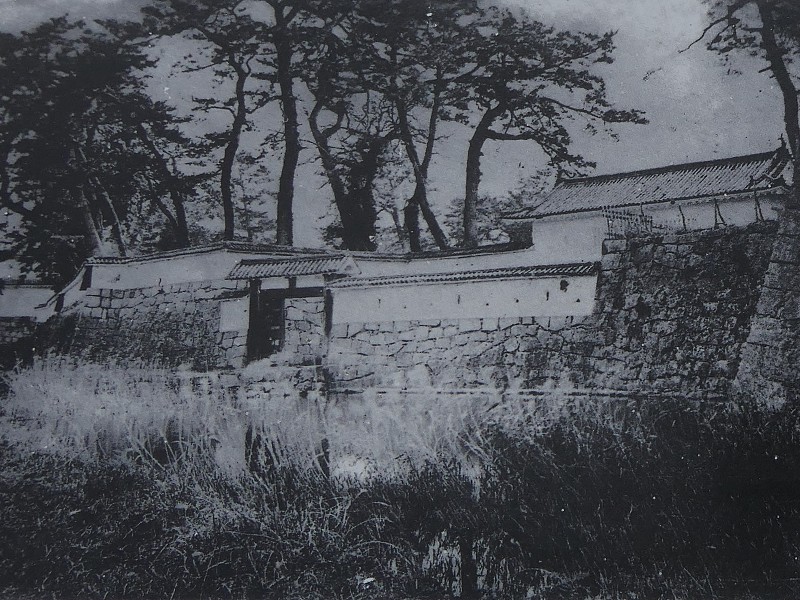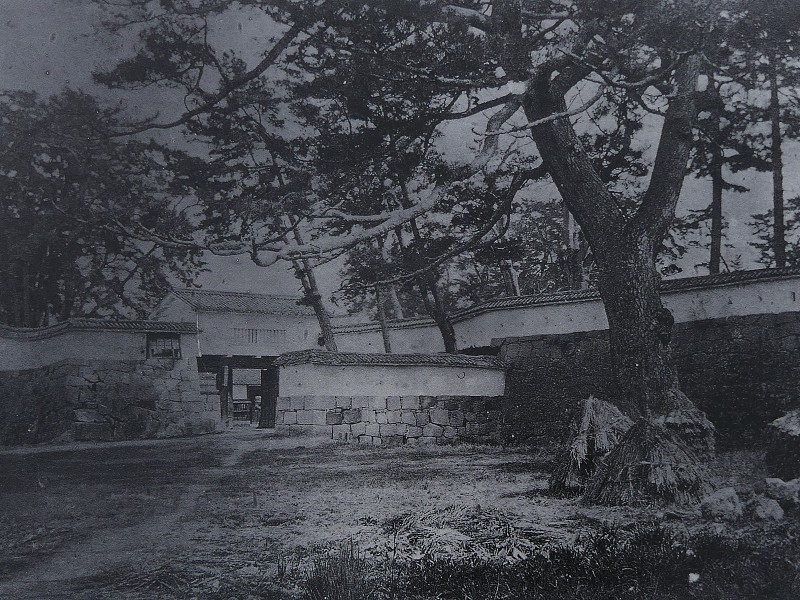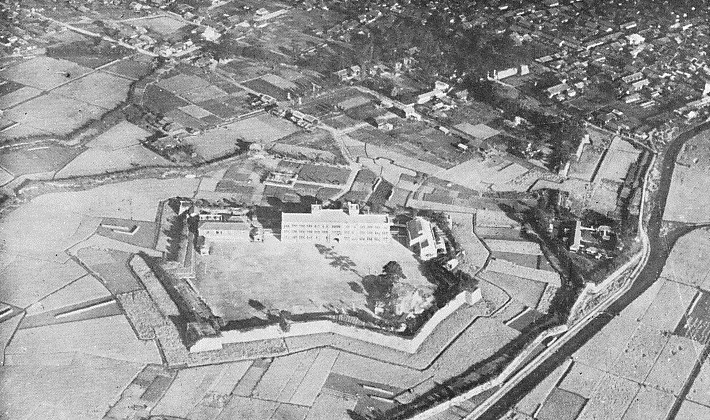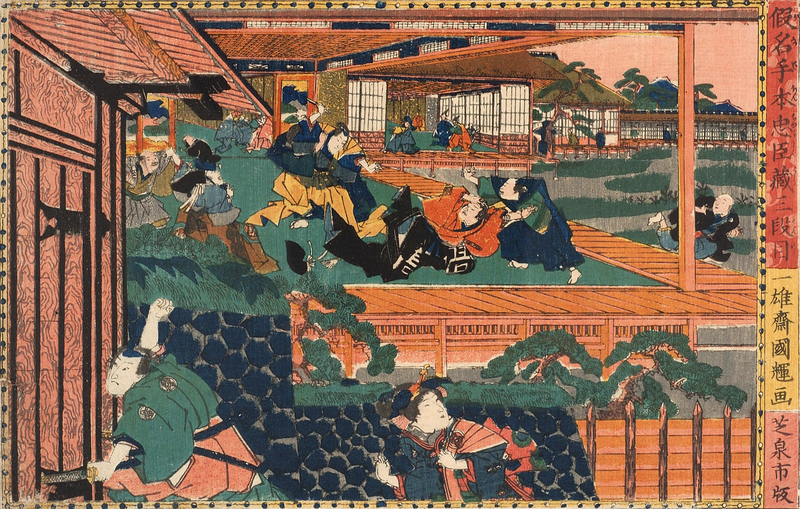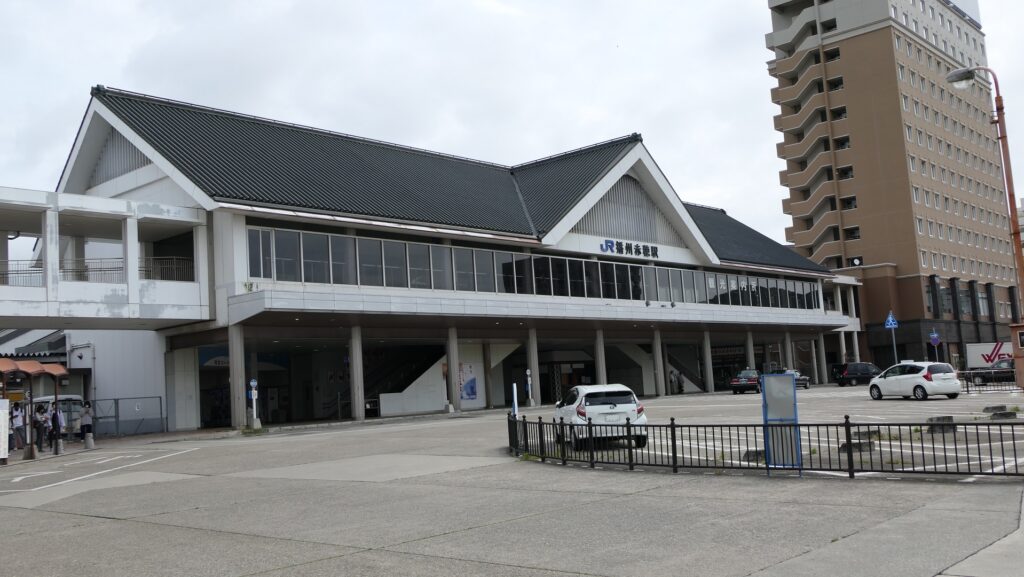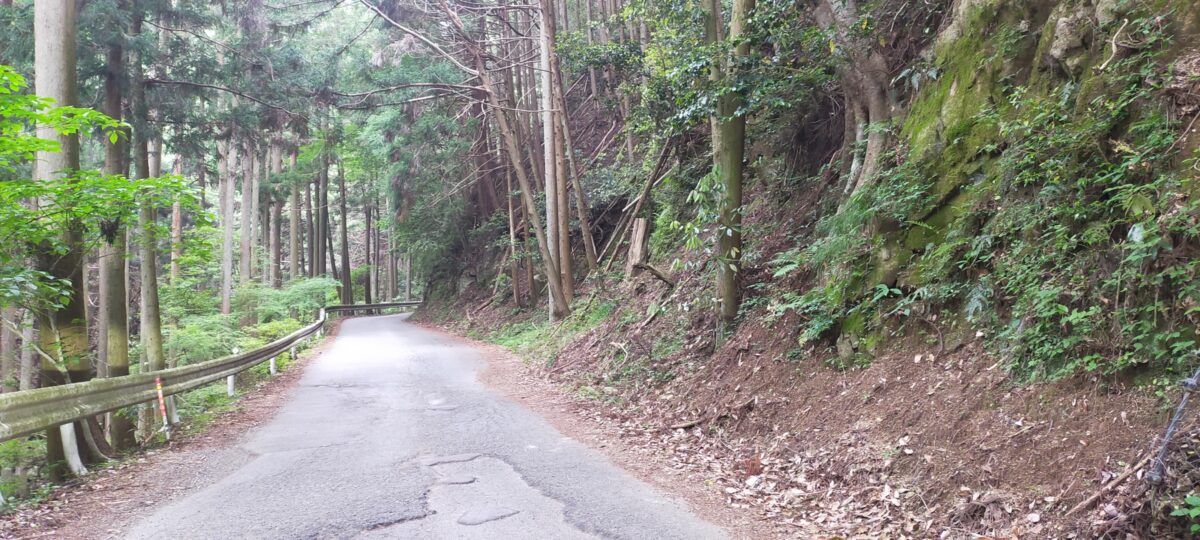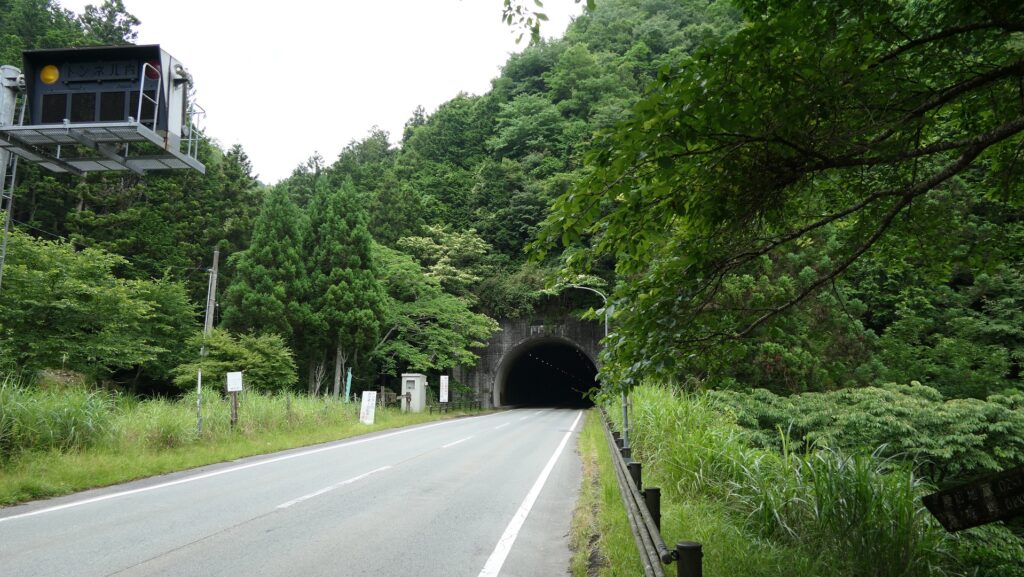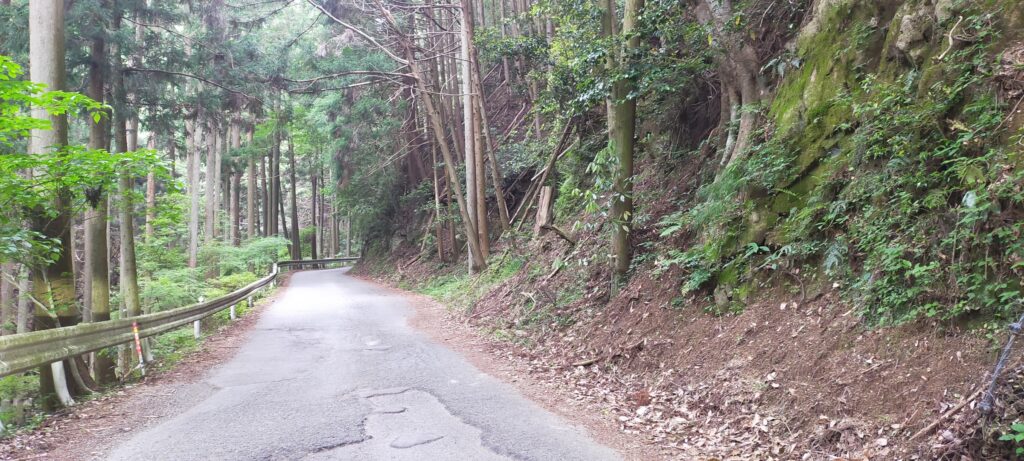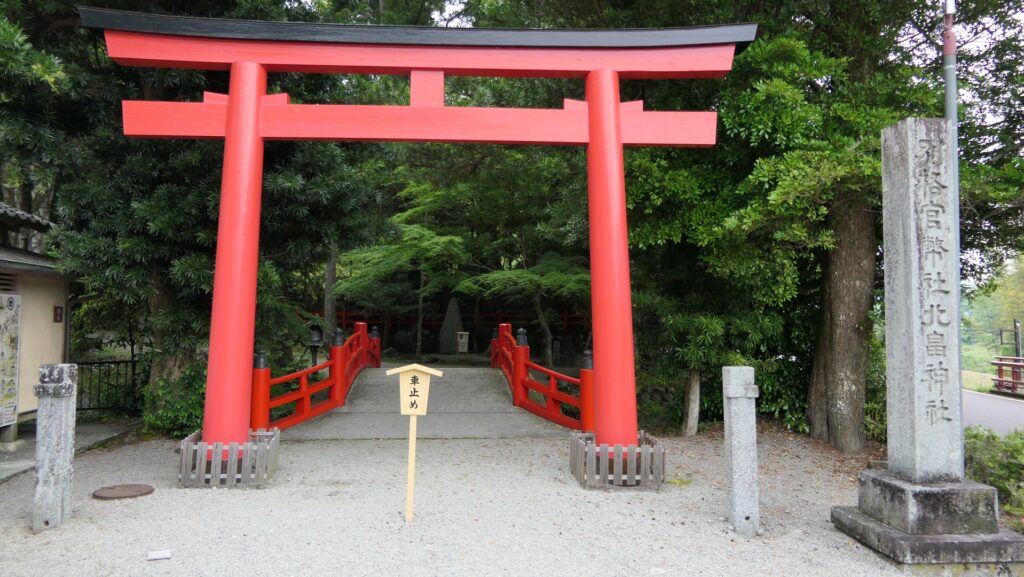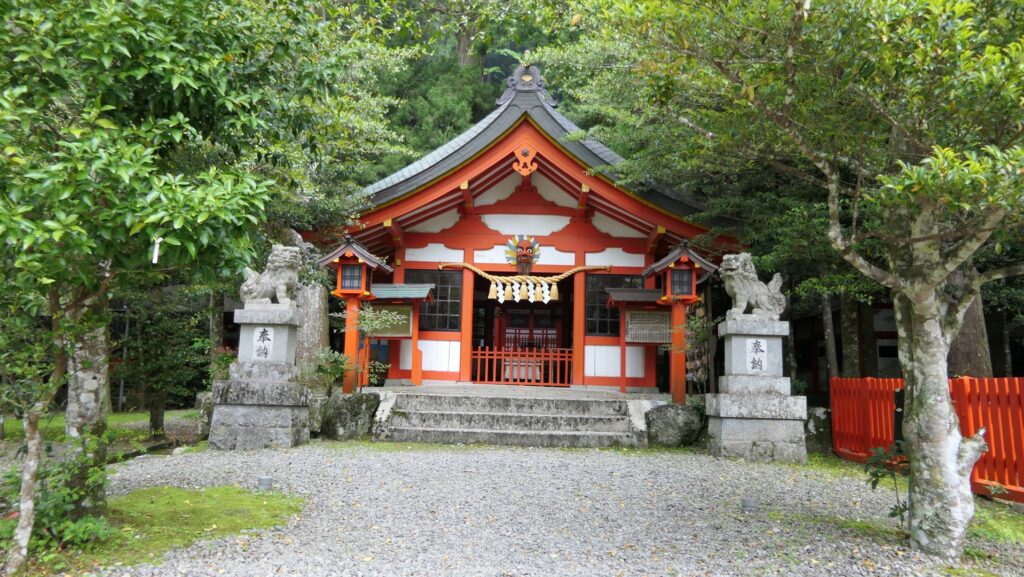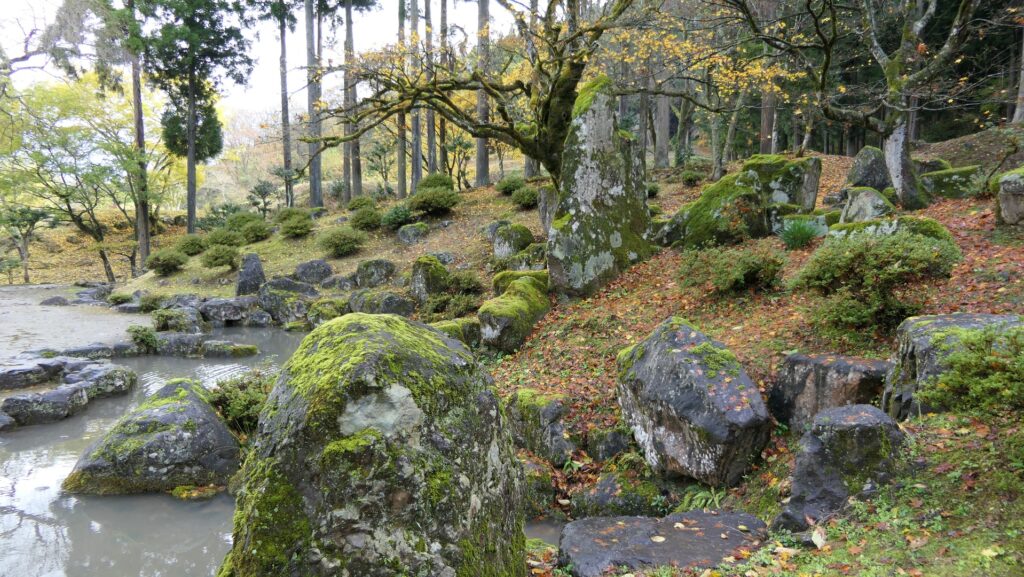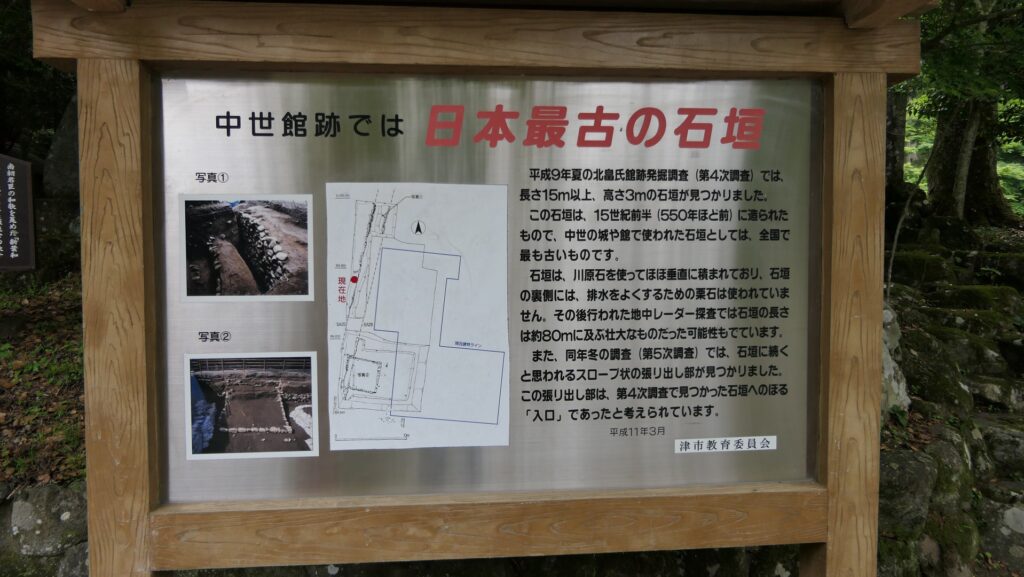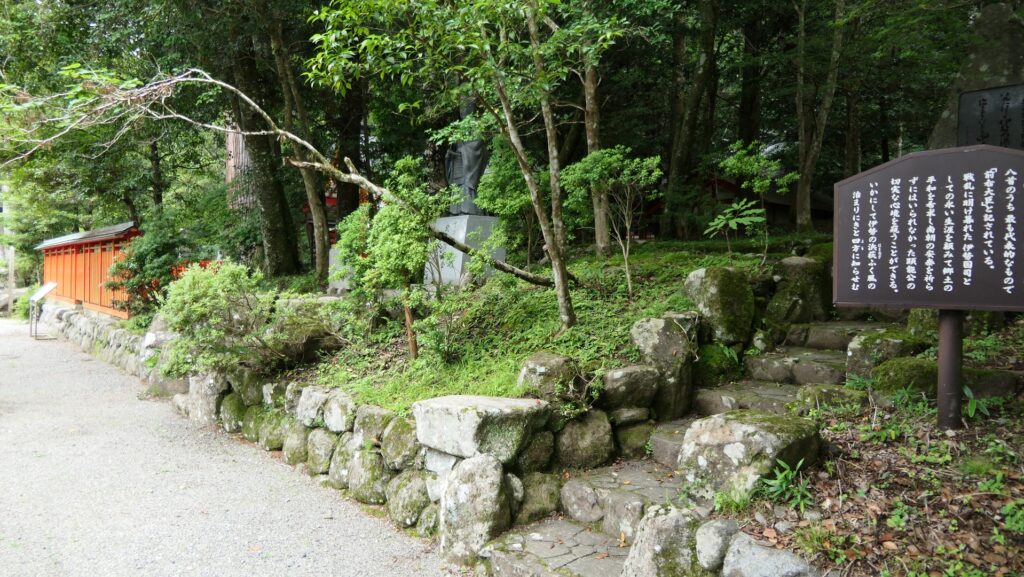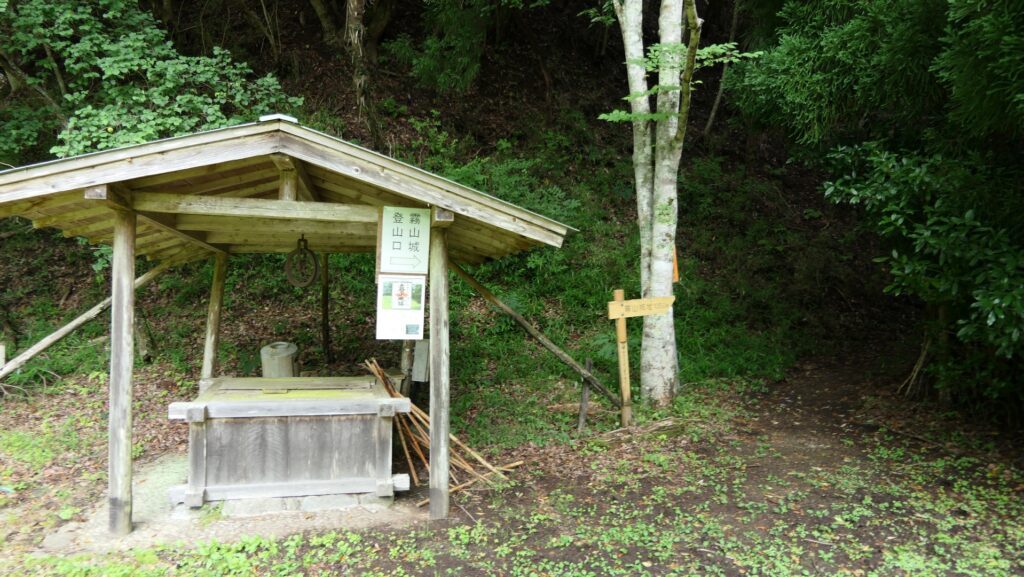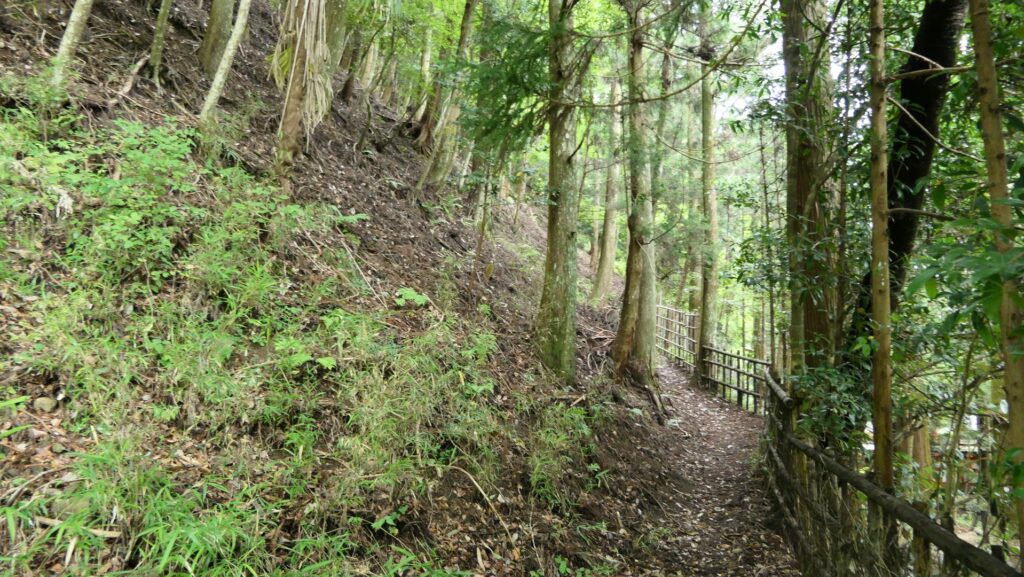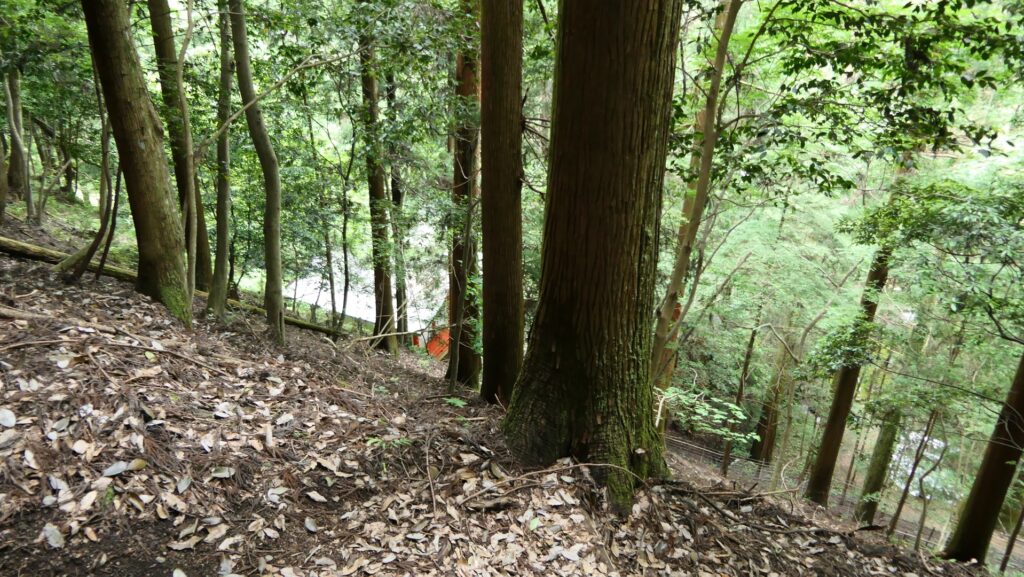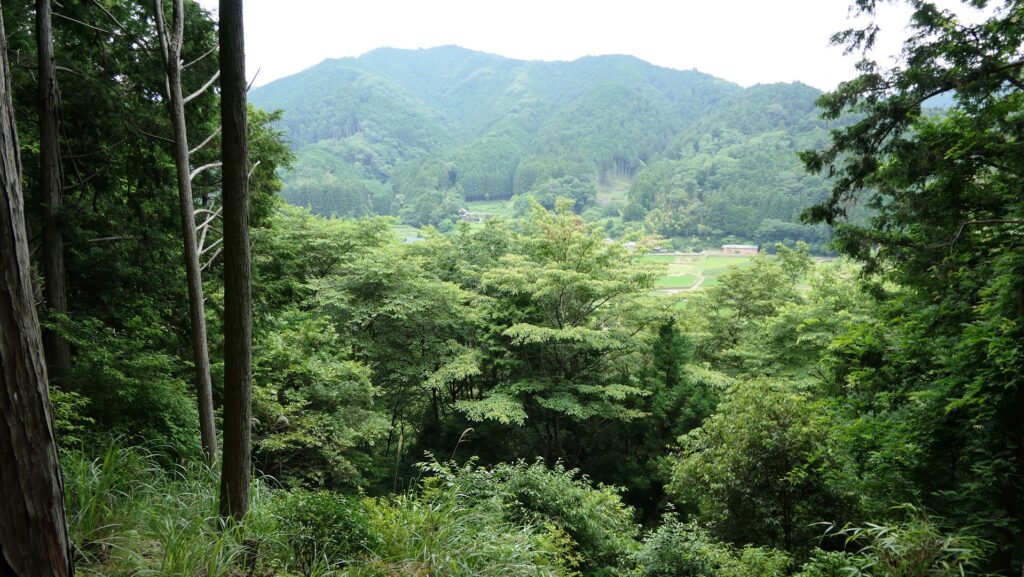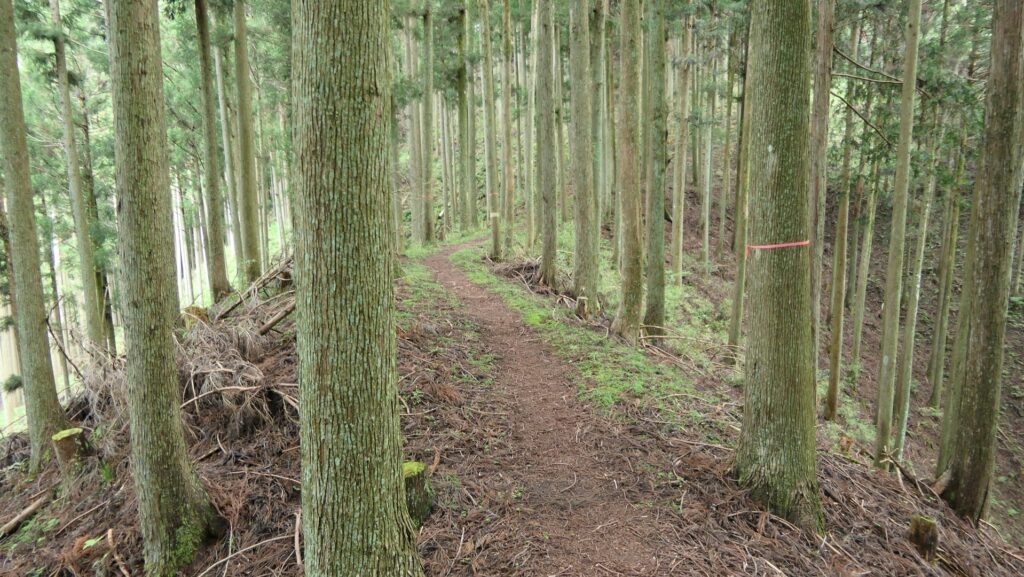Features
Site looks Scenic and Retro-Modern
Today, the ruins of Tsurugaoka Castle have been developed as Tsuruoka Park. The site seems to have a different atmosphere from other castles or castle ruins. One of the reasons may be that the castle originally had water moats and earthen walls but few stone walls, giving the park a more scenic look for the visitors.
The map around the castle
Another reason is that there are several historical modern buildings around the park, most of which are in the Chido Museum. The museum is in the former Third Enclosure of the castle, where the lord’s residence was built. That’s why there is the Sakai Clan Garden which probably originates from the residence inside. The garden has also been designated as a National Place of Scenic Beauty. In addition, the current residence beside the garden was part of the retreat for the 9th lord, Tadaaki Sakai during the end of the Edo Period. The modern historical buildings, such as the former Tsuruoka Police Office built in the Meiji Era, were collected from somewhere in the city. Surprisingly, the museum director is a descendant of the Sakai Clan, who still live in the city.
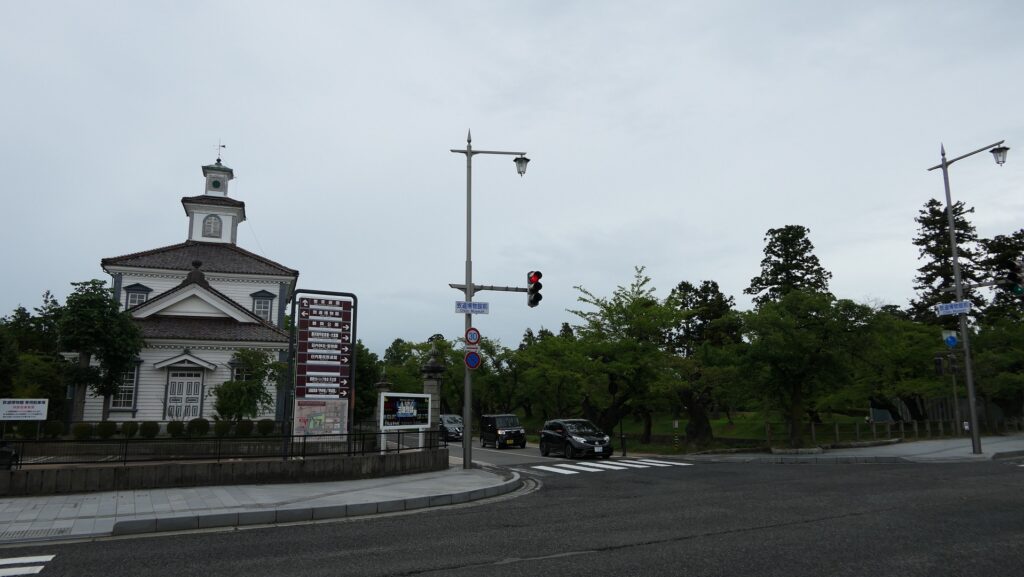

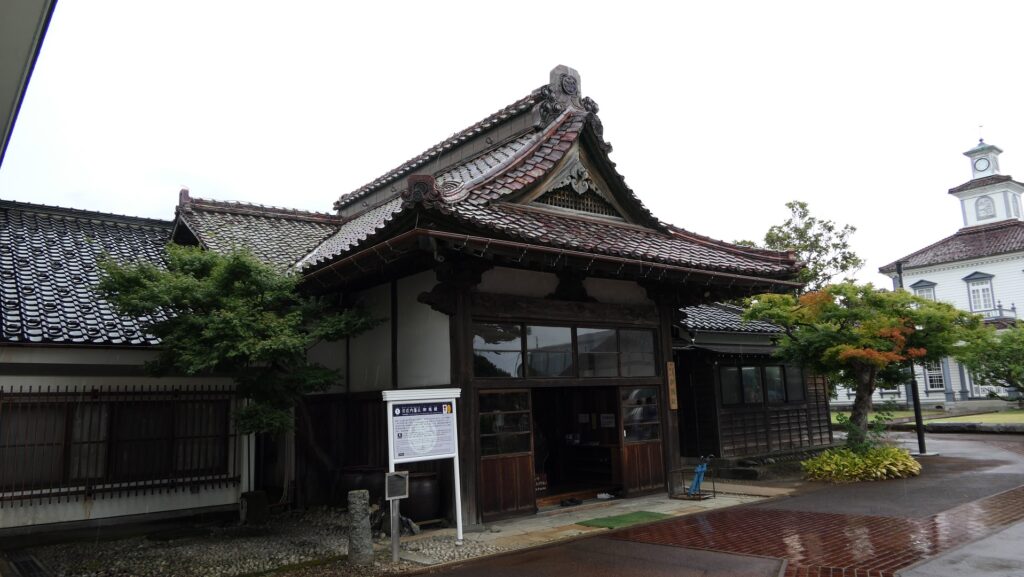
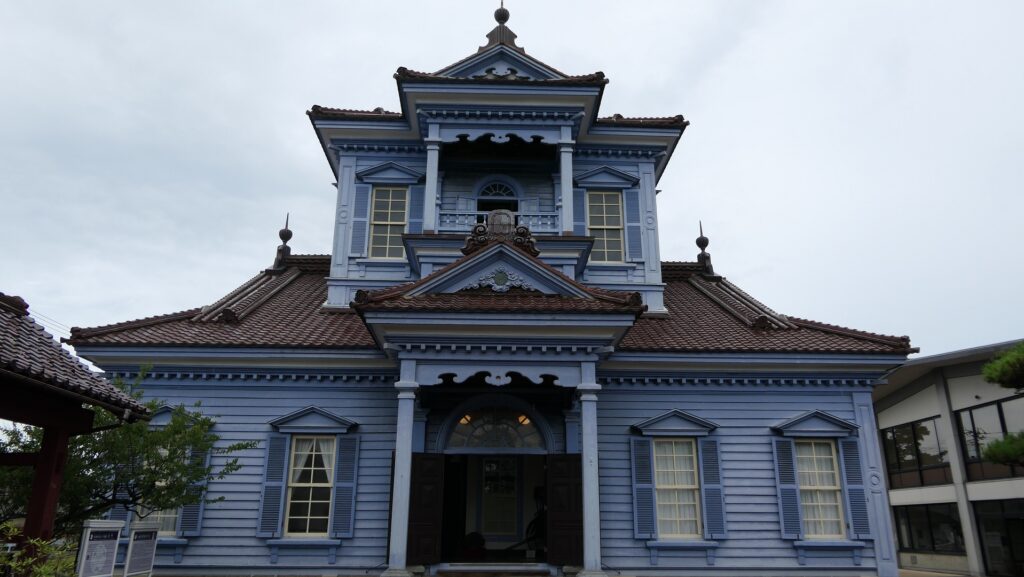
Entrances of old and current site
The park consists of the Main Enclosure in the center and partially the second enclosure surrounding. It has five entrances, the same number as in the past, but each has a different appearance or location. For example, the eastern entrance of the park was the Main Gate in the second enclosure, which was protected by the Masugata system. However, the system was removed and turned into the city area. The current path from the entrance goes straight to the center but past visitors had to go around to Naka-no-mon Gate (meaning the Middle Gate) at the southern side of the Main Enclosure after crossing Naka-no-hashi Bridge (meaning the Middle Bridge) over the Inner Moat.


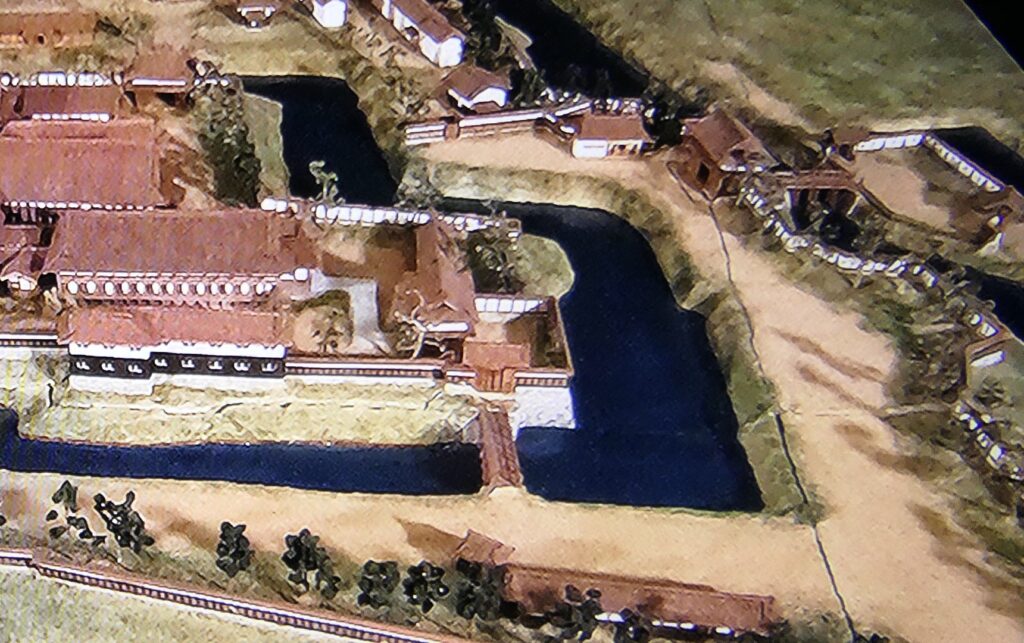
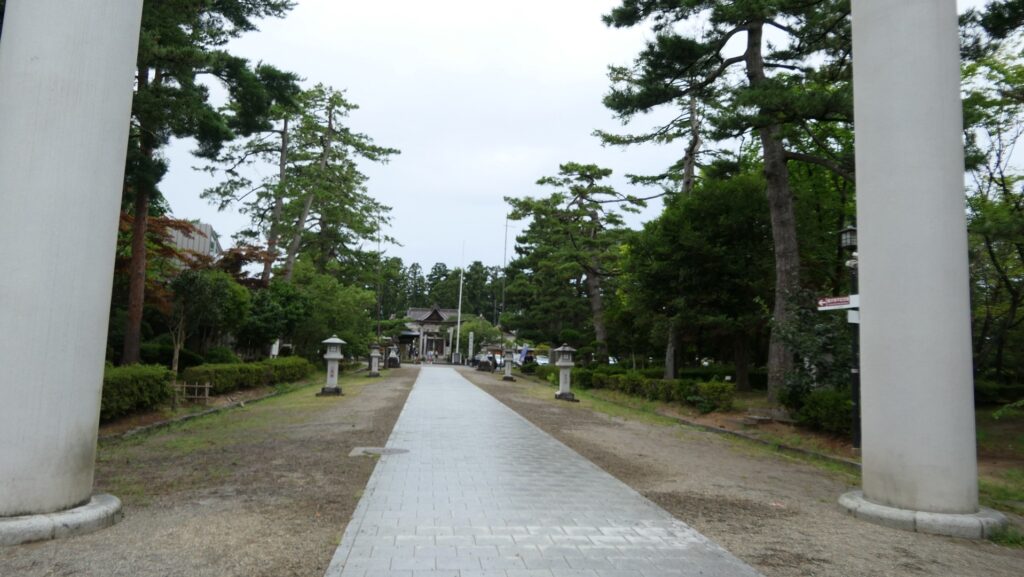
Meanwhile, the current southern entrance may be similar to the original Naka-no-mon Gate, where you can go across a bridge over the moat like the visitors used to cross the Naka-no-hashi Bridge. There is another traditional and beautiful modern building, called Taihokan Museum, behind the bridge, which was originally built in 1915 as a commercial museum, but has now become another historical museum. Therefore, you may feel a retro-modern atmosphere rather than from the castle’s period.





Shonai Shrine and Corner Turret Ruins in Main Enclosure
There are no castle buildings in the park. Instead, Shonai Shrine is in the Main Enclosure, which worships four ancestors of the Sakai Clan including Tadakatsu Sakai, the founder of the Shonai Domain. The shrine was established in 1877 in a part of a trend at that time of establishing shrines at abandoned castle sites. If you want to see something of castle-like items, you can go to the back of the shrine at the northern side of the enclosure. There are still surrounding earthen walls and also the ruins of the Corner Turret which was the substitute for a Main Tower.

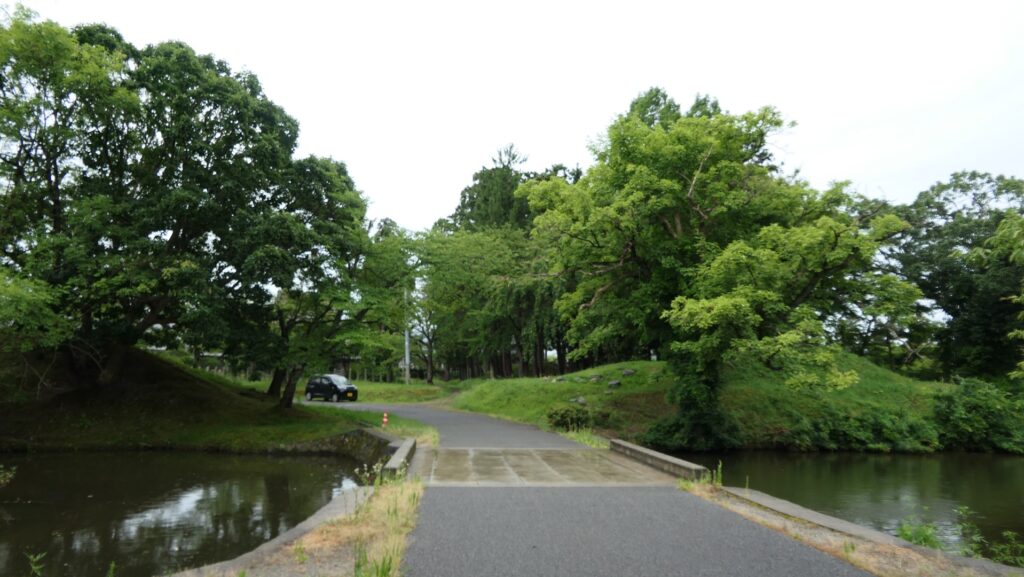
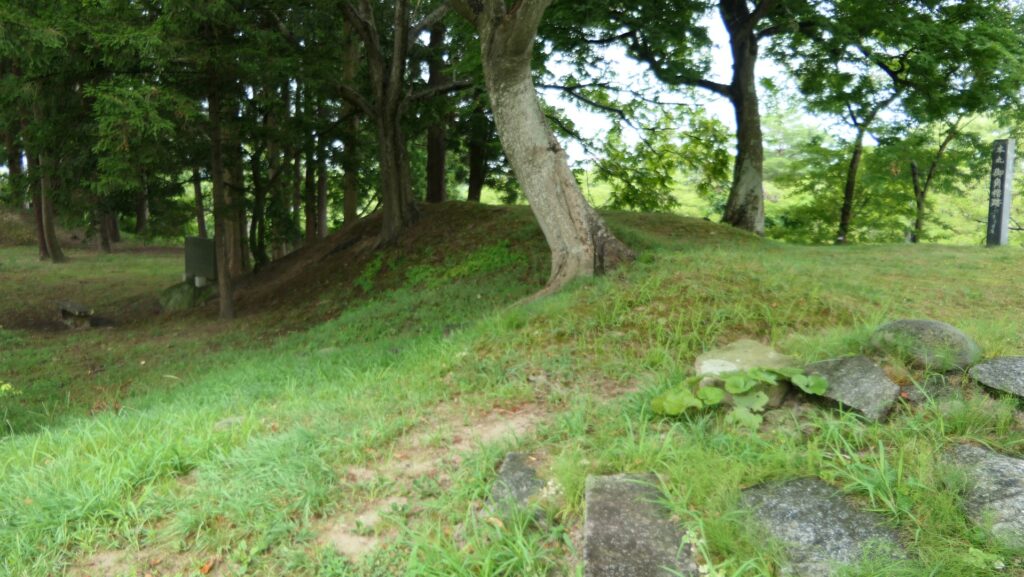
To be continued in “Tsurugaoka Castle Part3”
Back to “Tsurugaoka Castle Part1”

